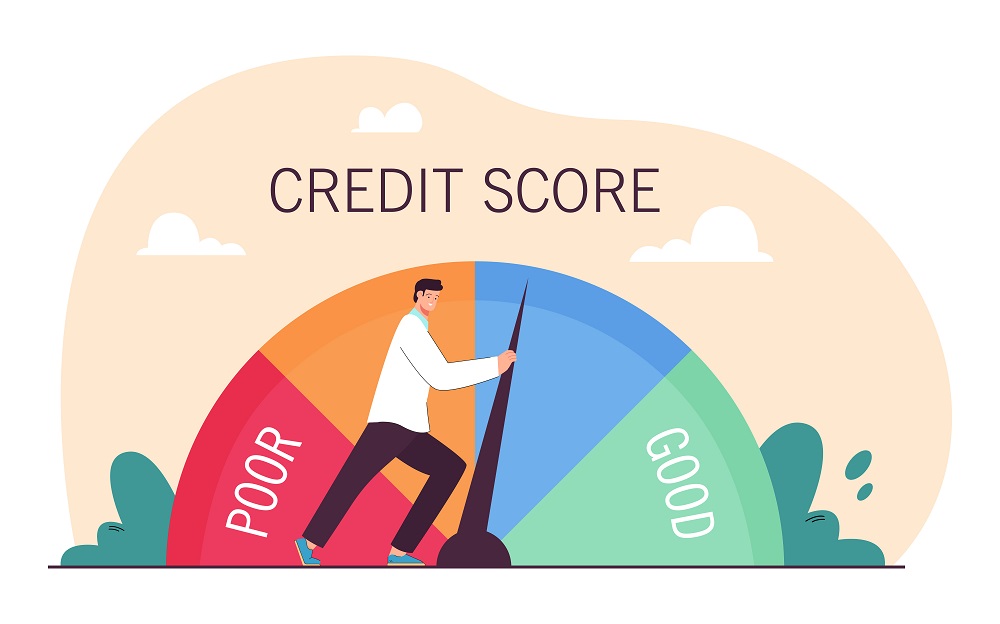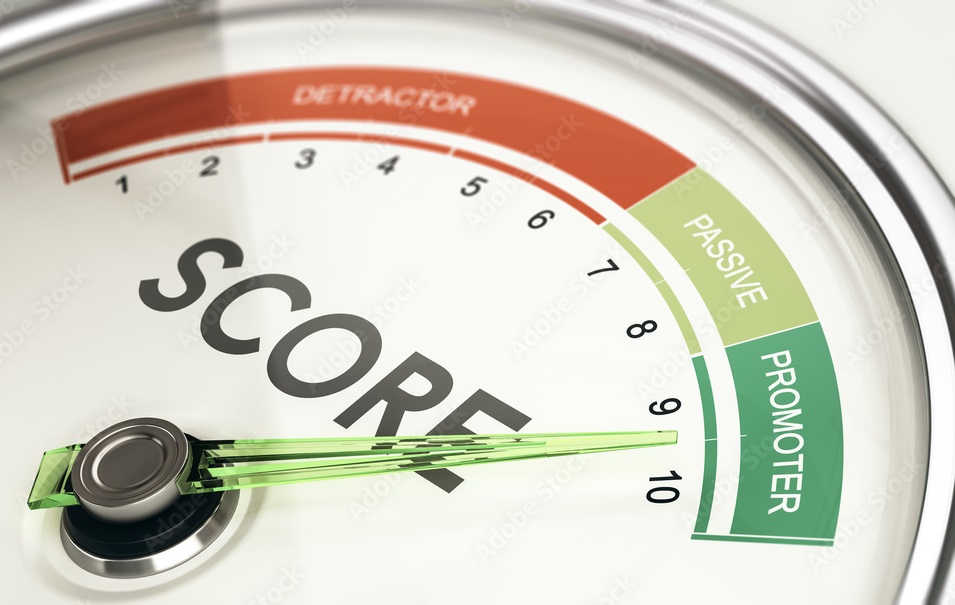The customer satisfaction metrics are used to measure how satisfied the users of a business are from the services being received and the product being used. So, they help to establish a creation concerning how well a business is doing.
There are four key customer satisfaction metrics: CES. NPS, WYMO, CSAT. And each one of these standards is discussed in detail below.
What are the 4 key metrics of customer(s) satisfaction?
CES (Customer Effort Score)

One of the most familiar customer satisfaction metrics is the (CES). It determines the amount of effort a customer has to make in order to interact with a business or get its response over a query or an issue.
With such a metric, a business gets to know how efficient it is in resolving customer queries. It also makes a business learn its standing in terms of its customer services.
The CES score is not affected by how appealing your website is or how polite the company representative was. Thus, a less polite customer representative that led an issue to be resolved and a website that has fewer aesthetics but is easy to use for the required purpose may lead to a great CES score.
The CES can be determined with the following simple approaches:
- Email surveys: You can use email surveys to find out the CES score of your business. It helps you ask multiple questions, enabling you to learn a detailed standing of your service. However, this approach may not be very effective when it comes to receiving a large number of customer responses.
- Immediate ratings: This approach can be used immediately after the customers contact a business when they require support regarding any issue. It may have a high response rate. However, the feedback received is generally about the contacted team and not the business.
- In-app rating: A business can find out its CES score if it has an app to use for its users. The response, however, remains at the discretion of a customer, as they may dismiss the feedback survey/ question.
- Social media: All social media platforms offer businesses help in receiving reviews from their users. However, it may expose the shortcomings of a business publicly.
NPS (Net Promoter Score)

One of the key customer satisfaction metrics is the NPS. It determines the level of customer satisfaction by asking the customers how likely they are to recommend a service/product to others.
A general rule of the thumb in this metric is that if your customers are satisfied with your business, then they will recommend it to others, else not.
In order to find out the NPS, you can find a recommendation of your business from your customers on a scale from 1 to 10.
Different scores imply differently. However, a rough idea of your business’ NPM standings against different ratings is following:
- When a customer provides a rating of 9 or 10, it implies that they are most likely to recommend your business; and they are generally called promoters.
- When a business receives a rating of 7 or 8 from a customer, then such customers are called passives. The rating of these customers implies that they are satisfied with the services, but they are unlikely to make a recommendation. Also, such customers can switch services for a better offer.
- When a business receives a score of 6 or below, then it is least likely to be recommended. Such customers may also discourage others from opting for a service or product and are therefore called detractors.
WYMO (Would You Miss OUT)
WYMO is a relatively less familiar approach in comparison to the aforementioned customer satisfaction metrics.
As with its name, it asks the participants whether they would miss a service or a product if it discontinues or remains no longer available for use. It also is a great way to determine if a business can be replaced rather easily or not.
A good WYMO score may indicate that you do not have tough competition from your competitors in the service that you provide.
This metric for customer satisfaction can be determined the same as the NPS. That is, it works by using a scale from 1 up to 10. Also, ratings can not be generalized and may not be the truer depiction of a customer’s satisfaction or a service’s performance.
A rating from 7 to 10 may be considered as good and may suggest that a business should not offer more than what it is currently to its customers. On the other hand, a rating of 6 and below may indicate an unimpressive WYMO standing, and a business may need to go above and beyond in its services.
CSAT
CSAT is one of the key customer satisfaction metrics.
The advantage of this approach is that it can be performed and therefore responded to easily. However, its drawback is that it does not make a business learn the insights of its rating. In simpler words, you cannot tell which aspect of your business earned you a particular rating.
You can use a scale from 1 to 5, asking the customers to rate their happiness with the product/service as offered by you.
Conclusion: What types of metrics can be used to measure customer satisfaction?
The four customer satisfaction metrics that this article discusses provide their own use to a business. Thus, a business can use any of them as per its need. However, amongst them, NPS and CES are the most familiar and used ones.
While the NPS and CES are popular customer satisfaction level measures, the other two (CSAT and WYMO) can be helpful in determining the performance of your business at a general level. So, it leaves to the existing requirement and discretion of a business.

Leave a Reply